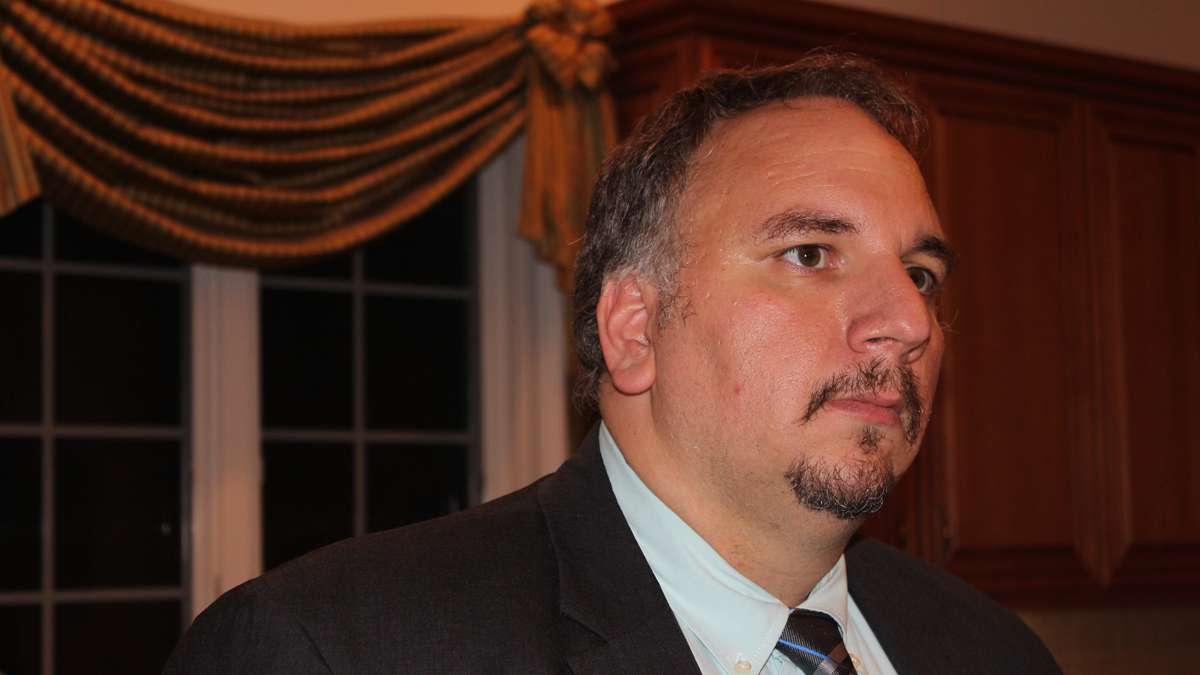Going back to the basics in Syria with physician Abdalmajid Katranji
Listen
Dr. Abdalmajid Katranji
Dr. Abdalmajid Katranji has been treating badly wounded patients in a bare bones operation room for the past four years in Syria.
The Michican based surgeon is one of the founding doctors of the Syrian American Medical Society, a large network of medical professionals dedicated to providing volunteer medical relief in Syria since the civil war started in 2011. Katranji has taken eight trips to Syria but was only able to cross the border six times.
“Every border crossing from Turkey to Syria is different but there’s always risk and a certain routine that needs to be followed,” says Dr. Katranji, as he remembers that last trip a few months ago, when the Turkish guards told him not to go through because they would chop off his head.
“It was one of the most dramatic moments,” he said. “What we found out was that six hours later, a bomb exploded right by the hospital that we were going to. So you kind of have to put that in the back of your head, that, you know, it wasn’t my time, that’s where faith for me comes in.”
As a Muslim American doctor, and son of Syrian parents, Katranji is very aware of the risks he and his fellow physicians take. They’re constantly reminded of security and safety concerns, and of the protocols they have to follow to provide medical relief where it’s needed. But, he says, he and his family understand that he must take risks, because as a “doctor, an American, and a man of faith” he is committed to care for all wounded and sick. Especially after the systematic destruction of hospitals and health care systems in Syria.
Katranji is a practical man, a problem solver. Once the patients have been diagnosed, on either side of the border, he figures out what resources are at hand and he sets up to take care of the wounded. He says he treats it like any day in a normal clinic.
“The surreal thing here is that the wounds that you’re seeing are things that you don’t see in a normal clinic – chemical burns and explosive injuries and concussive injuries, crushing injuries, all sorts of deformities, paralysis, wounds that have healed horribly wrong,” he says. “At times you know the smells that come through your office, the scary thing is you get used to the nuance of dead tissue or damaged tissue from just the odor. At times, if it smells like death you know it’s one thing, and if it smells bitter you know it’s something else, and that instinct kind of kicks in, you can almost make the diagnosis just by the odor alone.”
The art of medical improvisation
If there’s nothing available in terms of tools and supplies, he improvises. No sutures? No problem.
“One lady who was actually bringing in a patient said, ‘Well I’ve sewn my children’s lacerations using this needle and thread,’ we went to the local mechanics shop to get the Allen wrenches that they had, the regular wrenches that they had, some bolt cutters and we put them in the sterilizer with what we could, and we also used alcohol to clean them up as best as possible, and that’s what we used.”
In contrast to this low tech basic ingenuity, Katranji uses YouTube and Skype to conduct virtual surgeries and tutorials.
Katranji confesses that this kind of adrenaline-fueled healing practice has become crucial in how he approaches his profession. It reenergizes him.
“You’re going back to the basics, in some many ways it grounds me. It makes me appreciate what I have so much more. The amount of time you spend not being able to be a physician when you are in practice here, because of politics and rules and meetings and bickering…” he says. “There, you are only going to get to be a doctor. There, no one cares how many patients you saw or whether you are taking over their turf or territory. All the physicians are here to achieve the same goal to help people who desperately need it. When you go there, it makes you feel the love of why you became a doctor again.”
WHYY is your source for fact-based, in-depth journalism and information. As a nonprofit organization, we rely on financial support from readers like you. Please give today.



